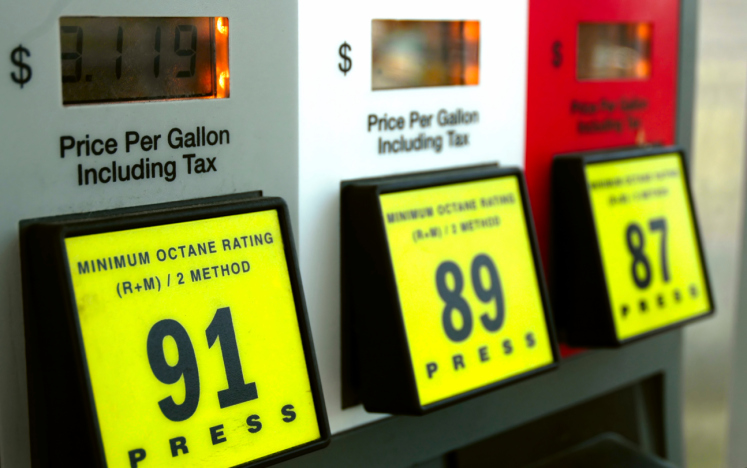Published February 4, 2016, Los Angeles Daily Journal – The American consumer is an enigma when trying to understand the influence of retail fuel price on consumer buying habits. The NACS Consumer Fuels Survey reports that 71 percent of all consumers shop for gasoline based on price. This would suggest, rather strongly, that gas prices are a material factor in consumers’ auto buying decisions.
Popular media seems to support this hypothesis. As gasoline prices fluctuated dramatically over the past five years to a high of $3.90 per gallon, the media was quick to point out that small car sales were increasing just as quickly. What the media fails to mention, however, is that during this time period U.S. vehicles sales in aggregate rose from 11 million to 17 million as the nation pulled itself from the doldrums of the Great Recession.
There is much to suggest that the analysis is much deeper than a 1-to-1 ratio between fuel prices and auto buying decisions, and that while fuel prices are an emotional component of consumer behavior, the decision on what type of car to buy is much more nuanced. And with gas currently at a national average of $1.70, trying to predict consumer behavior has never been more important.
It might surprise many to learn that when the price of gasoline was rising – and the media was trumpeting the onslaught of small car sales – the sale of SUVs was also on the rise. How much? From 2010 to 2014, while gas prices were soaring, the SUV market grew by 51% – an opposite correlation from what one might expect.
Equally surprising is the data that shows that when gas was cheap, the sales of electric and hybrid vehicles continued to grow. In fact, a study from 2010 to 2014 by the Fuels Institute on fuel prices and electric vehicles found that the sales of EVs rose the fastest in the fourth quarter of 2014, when gas was the cheapest.
What does this mean for the future? It is difficult to tell exactly. Certainly fuel prices will get consumers stirring, but what they do with those emotions in their ultimate buying decisions is a bit of a wild shot. The smart money says don’t go loading up just on SUVs, but hold a diversified inventory, as consumer behavior may not be where you expect.
